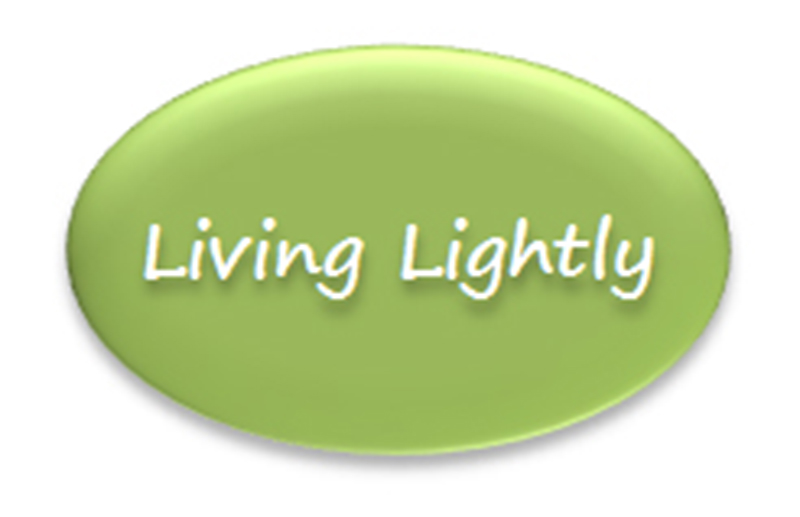By Alan Hewett
How many photographs did you take on your last holiday? Did you share them on the multitude of platforms that now exist?
More importantly, where were you positioned when you took those photographs? Were you perched precariously on a cliff? Did you scramble up a tree or tramp through a protected area, perhaps damaging rare native plants?
Or perhaps you were waiting in line with a myriad other people at some remote beauty spot to record that unforgettable view.
The advent of selfies and posting them on social media has created a phenomenon that has swept the world. Unfortunately, it has had dire consequences for the environment.
In Southern California after rare winter rains, a profusion of wild poppies appeared. More than 50,000 people descended on the nature reserve and the delicate flowers were destroyed as people trampled, sat, laid and even picked them, roots and all as they sought to take the perfect shot.
One of the most “Instagrammed” views is that from Roys Peak overlooking Lake Wanake in New Zealand. About 73,000 people visit each year. Long queues wait patiently for that perfect shot.
However, such numbers place a huge strain on parking and toilet facilities; create large amounts of litter as well as a devastating effect on the fragile Alpine ecology.
In Tasmania a local took photographs of the Secret Falls in Wellington National Park and posted them online. To his horror it created a mass invasion of tourists who made illegal tracks which developed into mudslides and destroyed ferns and moss endemic to the area.
Tourism is a huge industry. It is estimated that it adds US$7.6 trillion to the world economy. Large international tour operators offer low prices with low profit margins for high volumes of tourists.
However, tourism places enormous pressures on soil erosion, natural habitat loss, endangered animals and increases pollution. Those cheap air fares contribute close to five percent of global greenhouse gas emissions as well as all those bus trips.
The desire to visit remote, unspoilt areas has increased in recent years. This expands our environmental awareness, but it also has the effect of threatening these vulnerable areas.
Next time you take a holiday consider the environmental effects of your visit, and perhaps keep the location of that special photograph to yourself.

